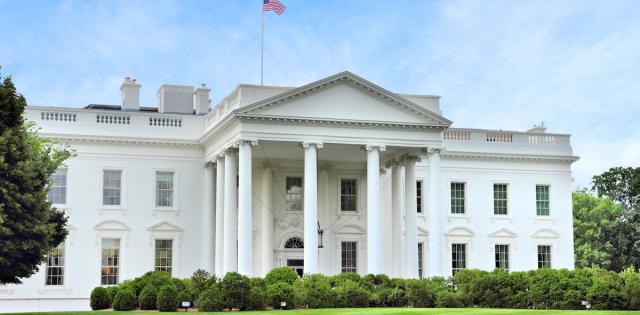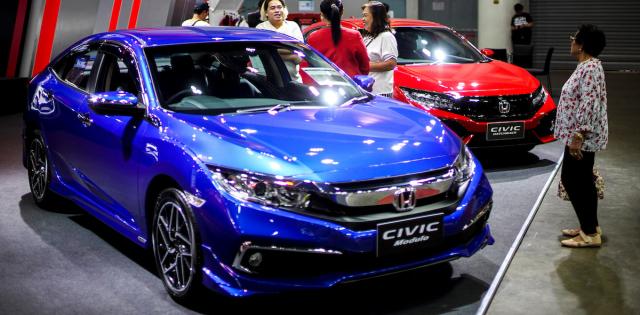Over the last year, a number of popular narratives about the future of the auto industry have succumbed to hard, cold reality.
The biggest of these narratives was that fully autonomous vehicles were just a year or two from taking over our roads. There had been so many pronouncements about robo-cars taking over the country, they were almost too numerous to count.
By 2019, however, we could no longer ignore the reality that the engineering challenges associated with safely removing humans from the driving equation were far greater than promised two years earlier.
But there were other narratives that were just as bold, and just as wrong. For example, ride-hailing would continue to grow and make personal transportation so cheap that nobody would consider owning their own vehicle.
Not only has ride-hailing proven to be far more expensive than personal vehicle ownership, but the latest data we now have—directly from the main app-based ride-hailing services—suggests that the number of hailed trips may have already peaked in our largest metro areas. Moreover, the number of vehicles owned per household has actually gone up for three years in a row.
Fully autonomous vehicles will eventually penetrate the new-vehicle market in a meaningful way. But it will probably take several decades, not a few years. However, new-car buyers don’t have to wait to reap the benefits of vehicle autonomy given that so many current-model vehicles are loaded with advanced driver assistance systems (ADAS) that are already reducing driver injuries and fatalities.
Multiple studies show that the combination of two or more of these SAE Level 2 ADAS systems in today’s cars and trucks can provide 80% or more of the safety benefits of fully autonomous vehicles.
Yet even as we’ve come back to earth on robo-cars and ride-hailing services as the displacement of personal vehicle ownership, other disruption scenarios are still swirling around, i.e., that consumers are clamoring to buy vehicles completely online; car buyers don’t trust dealers or want them to be part of the shopping experience; and younger generations are totally averse to physical dealerships and personal vehicle ownership in general.
Nothing could be further from the truth.
The idea of e-commerce fully displacing physical dealerships has been around as long as the Internet. And while it’s true that consumers are spending more time researching online for vehicles to purchase, it’s not as much as one might think. According to the latest Cox Automotive Car Buyer Journey Study, in 2019 car buyers spent an average of 14.5 hours researching and shopping for a vehicle. 61% of this time was spent online, but 34% of the total time spent researching and shopping—not purchasing—was done at dealerships.
This survey is supported by other data.
A recent Harris Poll study commissioned by Urban Science shows that consumers are visiting 2.5 dealerships before a purchase, with 68% visiting more than one.
“That’s one of the important findings of this from a dealer standpoint,” Randy Berlin of Urban Science told Automotive News in August. “Right now all the data or so-called studies provided to the industry indicate that customers are visiting only like 1.2 dealers. This research is saying quite the opposite.”
Even more interesting, according to Urban Science: Average dealership visits by generation is actually highest among Gen Z and young Millennials. The average Baby Boomer visited 2.2 dealerships, Gen X visited 2.3, and older Millennials visited 2.2. But Gen Z/young Millennials visited 3.5.
Berlin said the research flips on its head “the total misnomer that the young people want to do everything online.”
“They’re the ones that are looking at multiple brands, but also multiple dealers,” said Berlin of Gen Z and young Millennial car buyers. “Intuitively, I guess that makes sense. It’s their first major purchase. They’re not loyal to any brand yet. So for them it really is an active shopping experience.”
And they’re buying. Reams of data from the auto industry, the lending community and even the Federal Reserve show unequivocally that Millennial and Gen Z consumers simply delayed major purchases, including their first vehicles, longer than previous generations. Whether you measure it by cars, homes, moves or kids, they are catching up fast.
Polls and studies are also showing another thing: Consumers, in particular young ones, don’t want an online-only shopping experience for major purchases; they want an omni-channel experience. This is why Apple has retail stores that are always full of their latest products. And it’s why other “online” brands like Casper, Warby Parker and Bonobos have complemented their online presence with nearly 500 retail locations. It’s also why dealers will continue to offer the “clicks and bricks” experience that consumers truly want when buying a car or truck.
Other data from Urban Science and Harris backs this up. According to their research, 85% of auto-buying consumers agree that a vehicle is too big an investment to risk not seeing it before you buy, and 83% would never buy a vehicle without test driving it first.
And where do they want to see and test drive these vehicles? Auto shows and dealerships. 75% of Harris Poll respondents said they would not want to buy a vehicle without a dealership involved. That’s because 81% trust the information they receive from a franchised dealer, and 72% believe sales consultants have an expertise that is necessary to help people navigate the complex vehicle buying process.
Urban Science’s Berlin said dealers “have done a wonderful job in changing that reputation from 1999 to now being a trusted source.”
This is not a happy accident. Franchised dealers have worked tirelessly to adapt to changing consumer preferences and to utilize new commerce tools. It’s what’s gotten them ready to handle the wave of delayed first-vehicle purchases, and it has them very well prepared to serve the needs and wants of generations to come.










